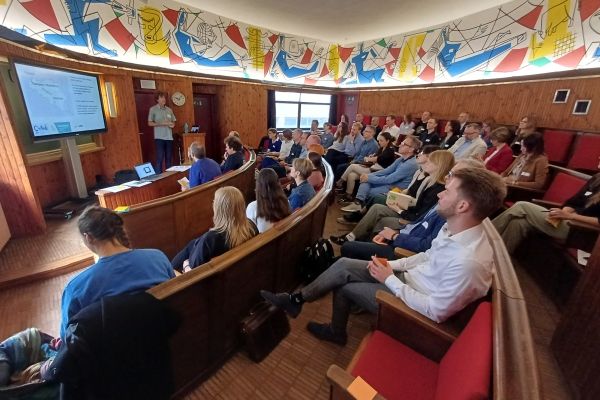VITO offers support in practical implementation of new EU Air Quality Directive
VITO, in collaboration with other experts, will develop a practical guide on the use of models in support of the European air quality policy framework. The assignment is part of the revision of the European Air Quality Directive and highlights the recognition and reputation of VITO's ATMOSYS air quality team in terms of policy support and modelling expertise.

Last month, the European Parliament approved the proposal for a new European Air Quality Directive to align with the latest stricter recommendations of the World Health Organisation. The proposal now goes to the European Council where Member States will further discuss the subject in the coming months.
The proposal increases the ambition levels in terms of air quality standards for particulate matter, ozone, nitrogen and sulphur dioxide, but also gives a more prominent role on the use of models in the development of air quality policy.
The importance of models
"The current European Air Quality Directive still relies heavily on measurement results," explains Stijn Janssen (Air Quality Programme Manager at VITO). "With the proposal for the new directive, Europe recognises that the development of an effective air quality policy should also be supported by solid modelling results." Since long time, this is a best practice in Flanders but it turns out to be far from evident everywhere in Europe.

"For example, air quality managers in Member States have to develop an air quality plan, once an exceedance of the limit value is observed. With the new Directive such a plan should be supported by solid and well validated modelling results in order to ensure that the proposed measures will result in tangible local effects and improve air quality for the citizens concerned." Janssen said.
Guidance document
In support of the new EU Directive, two new guidance documents are being produced: one for measurements and one for modelling. It is for the latter that VITO is now in the lead and will work together with a few other leading European institutes. The guidance document should clarify for Member States and regions how models have to be applied in support of the new Directive.
"The fact that we were given this assignment is due to our strong track record in air quality modelling but also due to our prominent role in FAIRMODE. That’s the European forum for air quality modelling that brings together both modelling experts and end users of the modelling results. FAIRMODE promotes the use of models and provides support to Member States for a harmonised use in line with European air quality standards."
To develop the guidance document, Stijn Janssen was commissioned by the European Commission to put together a panel of five top experts from all over Europe. "We will start our assignment at the beginning of October and the aim is to have a clear and usable guidance document ready to be used by Member States in a year and a half," Stijn Janssen looks ahead.









